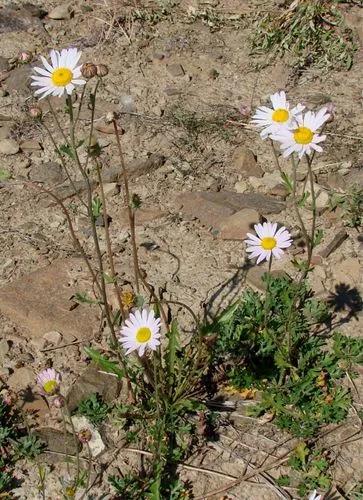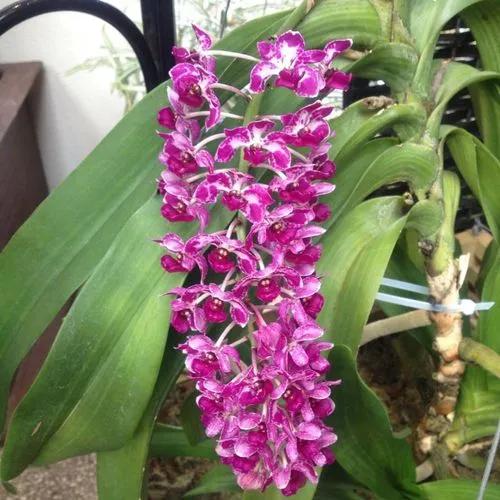Japanese knotweed is a prolific, invasive weed that dies back to ground level during the winter and produces shoots rapidly in early spring. It frequently overgrows and smothers other plants, outcompeting many native species in their natural environment for space, light and water. Very difficult to remove from the soil due to its vigorous, spreading rhizomes. Historically it is well known as the species Fallopia japonica, however it is now thought to be better placed within the genus Reynoutria and has been renamed to R. japonica.
Knotweeds Care
Reynoutria Japonica



How to Care for the Plant

Water

Average Water Needs; Water regularly; do not overwater

Pruning

Dig out small clumps. Cut plants down every 2-3 weeks over several years to weaken. Alternatively, cover the affected ground with sheet mulch but stems can pierce most materials. Herbicides can be applied but this does not produce long-term results.

Sunlight

It can grow in semi-shade (light woodland) or no shade.

Soil

Suitable for: light (sandy), medium (loamy) and heavy (clay) soils and prefers well-drained soil. Suitable pH: acid, neutral and basic (alkaline) soils. It prefers moist soil.

Additional

Although no specific mention has been made for this species, there have been reports that some members of this genus can cause photosensitivity in susceptible people. Many species also contain oxalic acid (the distinctive lemony flavour of sorrel) - whilst not toxic this substance can bind up other minerals making them unavailable to the body and leading to mineral deficiency. Having said that, a number of common foods such as sorrel and rhubarb contain oxalic acid and the leaves of most members of this genus are nutritious and beneficial to eat in moderate quantities. Cooking the leaves will reduce their content of oxalic acid. People with a tendency to rheumatism, arthritis, gout, kidney stones or hyperacidity should take especial caution if including this plant in their diet since it can aggravate their condition

Popularity

1,687 people already have this plant 247 people have added this plant to their wishlists
Discover more plants with the list below
Popular articles






